As long as digital marketing primarily deals with the narrow process of interfacing with customers, it will struggle significantly to impact overall business value. For the new marketing practice to make a decisive contribution to corporate value creation, the hierarchy of key business processes must change; marketing must achieve an ability to drive key elements of the overall business. The path towards strategic empowerment of the marketing function will not be straightforward. The CMO must demonstrate the new potential of the digital enterprise, but it is equally the responsibility of the CFO’s to recognise and seize the opportunity.
A New Approach
Presently the marketing industry is fully focused on the confluence of data and technology, and there is a growing consensus that this will change everything. The opportunities arise ultimately from the fact that marketing technology finally allows brands to engage with their customers at a hyper-personalised level. The development is also fuelled by dramatic changes in media consumption, equally dramatic changes in customer touchpoints, and new competition making novel use of the vast data resources that are being generated by the use of digital devices, first and foremost the omnipresent smartphone.
CMO surveys, including the one by Avaus in Finland, indicate that the top investment priorities for brands are now in analytics, customer data, and the technology platforms that facilitate this. These priorities, in fact, are far ahead of more traditional ones such as marketing content or lead generation.
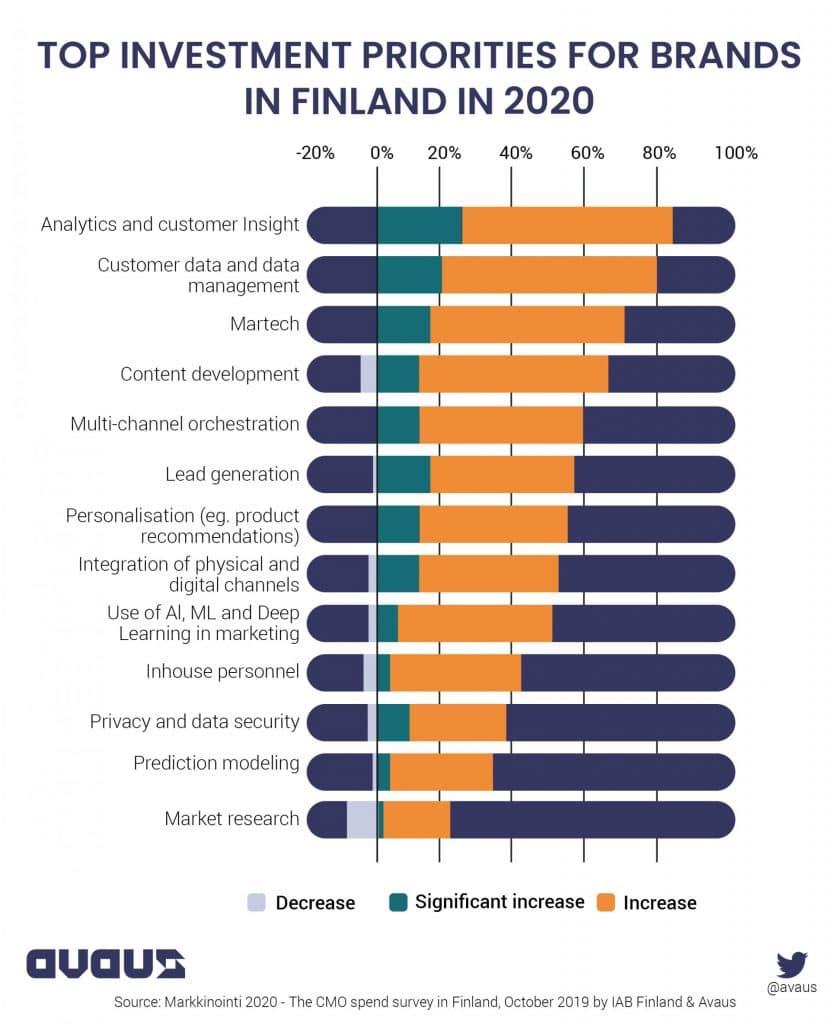
Exhibit 1: Top investment priorities for brands in Finland in 2020
What Do You Mean by Hyper Personalisation?
As the investments in data-driven opportunities are on the rise, so is the risk of shortcutting the business fundamentals. What does it mean to “know” one’s customers? What is the aim of the “engagement”? What is “hyper-personalised engagement” in the context of the brand? And, most importantly, what are the outcomes that are desired?
Most brand owners are still companies that remain laser-focused on their traditional market research-driven product development, production, sourcing, logistics and inventory management. The biggest global digital marketing spenders are FMCG brand owners such as Unilever, Procter & Gamble. They and their peers in most other consumer verticals are still profoundly product and logistics driven firms. Their assets drive their value. Their processes focus on control and economies of scale. Outcomes are measured in terms of asset efficiency and asset returns (margins also translate into asset returns). The brand itself is treated as a core asset, though there has been much historical debate on the most appropriate financial representation. [1]
This has been the most efficient operating model of the firm for more than a century. In the 1930s, Ronald Coase identified material and information transaction costs as the main rationale behind the industrial corporation. Transaction costs are the principal inhibitors to open marketplaces at scale – markets where customers could access broader choices. The digital transformation has profoundly altered the information component of transaction costs. Computational power combined with ubiquitous market access over billions of digital devices has driven an exponential decline in transaction costs creating new virtually frictionless markets.
For consumers, this has enabled the fulfilment of needs and desires on a totally new level of individuality, matched with scale and scope, at a cost that is a fraction compared to the pre-digital era.
Consumers are no longer positioned at the end of a limited number of supply chains and inventories. The world now looks far more like a bazaar than a warehouse, though a bazaar where consumers can find what they were individually and uniquely looking for, as well as an endless number of alternatives.[2]
The global digital marketplaces. Amazon, Airbnb, Expedia, LinkedIn are examples of applications that resolve transaction costs in a novel manner and thus are able to couple massive global consumer (and B2B) demand with inventories of goods and services, that in most cases, they do not own or manage.
These data-driven companies have modelled themselves as harvesters of the aggregated demand of millions of individual consumers acting in a global digital network. By further making use of financing mechanisms that enable massive investments in digital platform technologies and customer reach, they have been able to massively leverage a predominantly immaterial, asset-light structure for economic gain.
On the supply side, most platform companies have either provided a fully immaterial service of convenience (Google, FB, Wikipedia) or accessed sources of under-utilised or dormant supply (eBay, Uber, Car-to-Go, Airbnb). [3]
Platforms begin with their data, applying algorithms and protocols to drive a range of applications, and connecting assets, products, production, and customers through various interfaces. The outcome (consumer need fulfilment) may be the same, but the process is completely different from the traditional focus on supply chain, inventory or channel management.
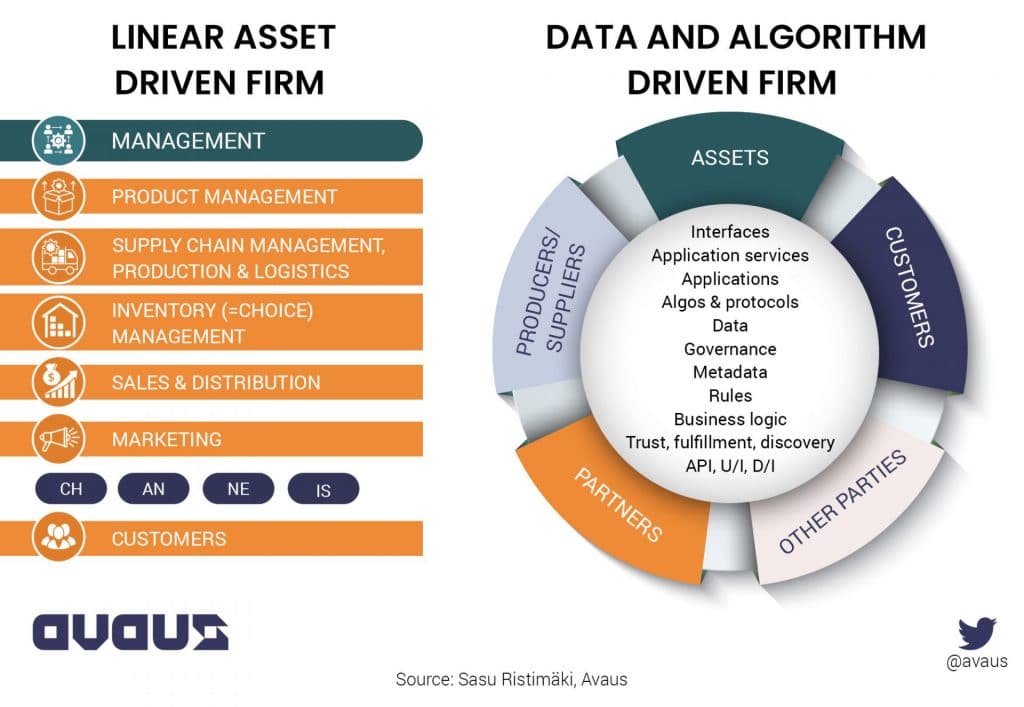
Exhibit 2: Linear Asset Driven Firm & Data and Algorithm Driven Firm
A platform does not target capital efficiency. [4] Working capital or capital employed turnover are not key indicators. Instead, the main KPI is engagement – the frequency and quality of interactions with customers, suppliers and other parties. There is a simple logic: maximising engagement maximises value. In parallel, data and algorithms are used to minimise friction from information and transaction costs. The somewhat ironic outcome, though, is that while the platform does not target any of the customary asset metrics of the classic firm, it typically outperforms on all these metrics.
This should be a key insight for all marketeers: Focusing on customer engagement as the principal value driver and creating new kinds of data and algorithm-driven fulfilment processes leads to superior business outcomes. In a platform company, these outcomes are superior by an astonishing margin.
Linear companies with a legacy operational structure and hierarchy are highly unlikely to become platform companies. Still, they cannot ignore the competitive threat from these, nor the factors that make platforms so compelling to customers. The flip side of refusal to adapt is disruption. [5]
Business Processes Determine the Sources of Business Value
A traditional firm is a collection of business processes, which are highly controlled and hierarchical. In a dictionary definition, marketing has been the process of creating relationships with and satisfying customers. [6] Successful platform firms have challenged the notion of marketing as a creator of demand for existing inventory or brand. Instead, they demonstrate that marketing primarily should be seen as the business process of customer engagement throughout the customer lifecycle. The ability to create value depends primarily on where marketing is situated in the hierarchy of all other business processes.
If marketing is delimited as the final process between distribution & channel management and customers, technology may improve the efficiency of the process. It can improve all the marketing specific internal KPIs, but it will not fundamentally change the profit-making ability of the overall firm, regardless of hyper-personalisation or not.
This is a conclusion that necessarily needs to be also seen in the context of the financial management of the firm. Most enterprises are driven by pre-defined KPI’s. As long as the primary KPI’s related to sourcing, logistics, inventory, etc., there will be a fundamental problem. The CFO will be focused on working capital turnover, and the CMO will struggle to make a case in those terms, let alone propose measures that would be short-term contrary to the existing KPIs.
The flip side of this argument is that a firm that becomes better at shaping and predicting customer preferences still needs to decide what it does with that improvement. Being able to determine individual consumer preferences at scale is a huge achievement but still needs to be operationalised in the context of the brand and the context of all the other enterprise processes. This is a critical point of failure as there remains a yawning gap between traditional brand companies that have achieved tremendous customer insight but remain largely asset driven and companies that are primarily designed to optimise engagement with their customer base and choose their actions from this priority.
A New Take on Scalability
The new breed of companies often termed ‘internet companies’ can be seen as real-time demand aggregators with highly flexible fulfilment functions and multiple monetisation mechanisms. One of their most striking novel features has been hyper scalability – the ability to establish reach over hundreds of millions (even billions) of people. Data and algorithms are inherently scalable. Not being constrained to any predefined fulfilment or monetisation model avoids further scaling constraints.
This is somewhat paradoxical, as the key traditional focus for profit maximisation was economies of scale. Many large brand firms (Unilever, VW, GE, etc.) have huge global reach, yet their scalability pales compared to their new peers. Paradoxically, the traditional enablers – the corporate structures themselves and the focus on proprietary assets, have become the main constraints to scale. Optimisation for capital efficiency becomes counter efficient, while optimisation for customer engagement only generates new opportunities.
Recognising this requires the ability to ask difficult questions on the theme of “what business are we really in?” Yet only by reconsidering these questions is it possible to maximise the value that the new digital tools of engagement make available.
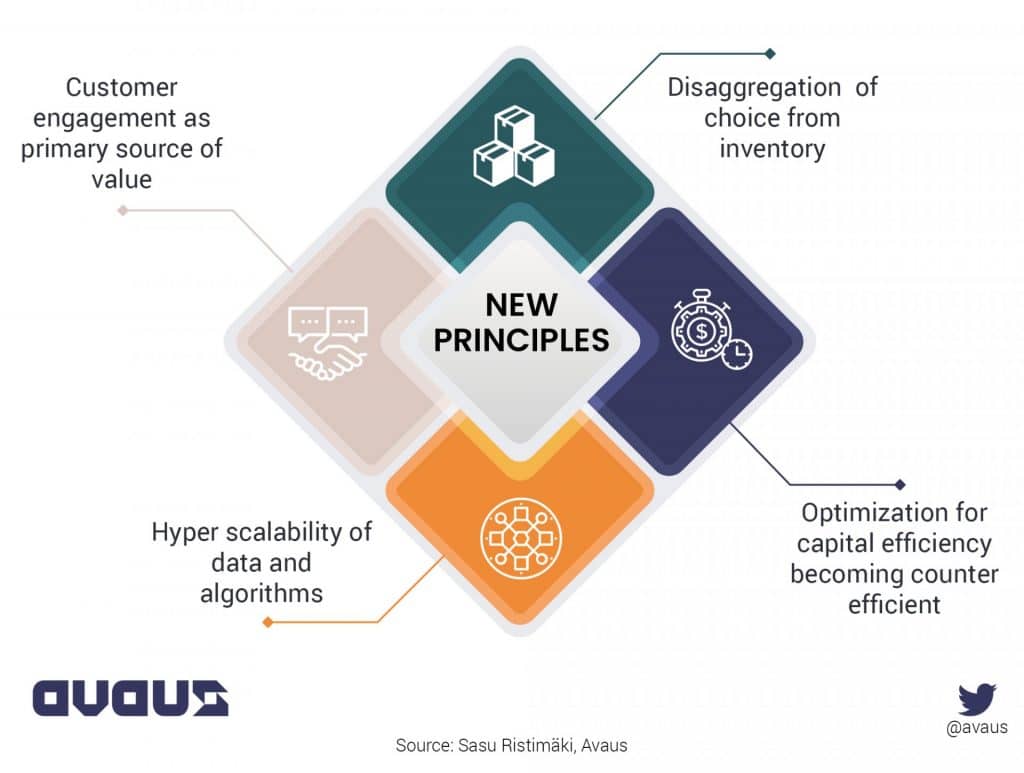
Exhibit 3: New Principles
Moving to Deployment
Organisations that are optimised to target certain outcomes with a set of KPIs, cannot be changed only from below. The KPIs need to be changed from above. This is a discussion that cannot be had within the marketing team alone. In our view, the only way to address these issues, is to start doing, while simultaneously recognising the strategic implications and consequences of corporate structure.
The most common reasons to defer any action, are concerns over technological maturity, lack of expertise, or channel conflict which may be compounded by lack of commitment within the organisation.
There is a relatively simple proposal for a course of action, which is to concurrently define marketing and other core business process related objectives. The former can then be matched to various tactical measures and operational implementation. The business objectives and financial outcomes should be made explicit at this point. These outcomes can, and often should then be iteratively re-modelled in the context of business process transformational discussions.
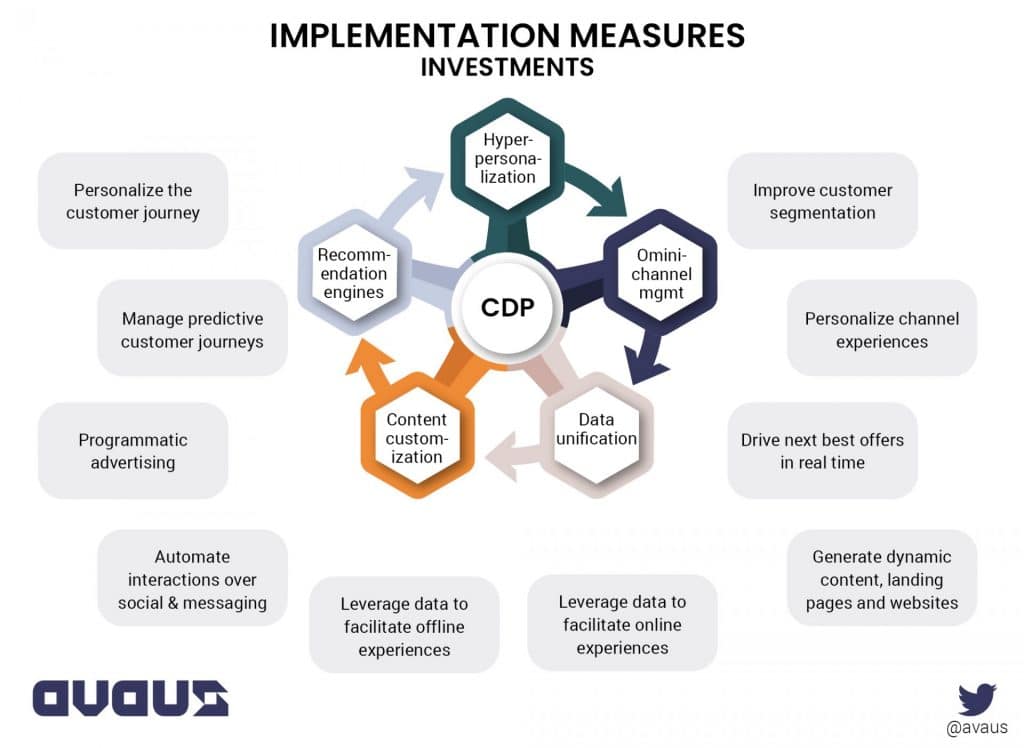
Exhibit 4: Implementation Measures Investments
All of the above charted objectives are likely to improve marketing efficiency and add to corporate value. This is not to trivialise the deployment challenges and organisations such as Avaus are fully engrossed in resolving these. [7] General adoption rates for many of the technologies referenced remain low and most projects continue to require significant customisation and context specific engineering. Nevertheless, our experience is that a sometimes asserted high failure rate of projects [8] is significantly more related to business process issues rather than deployment, or technology maturity issues.
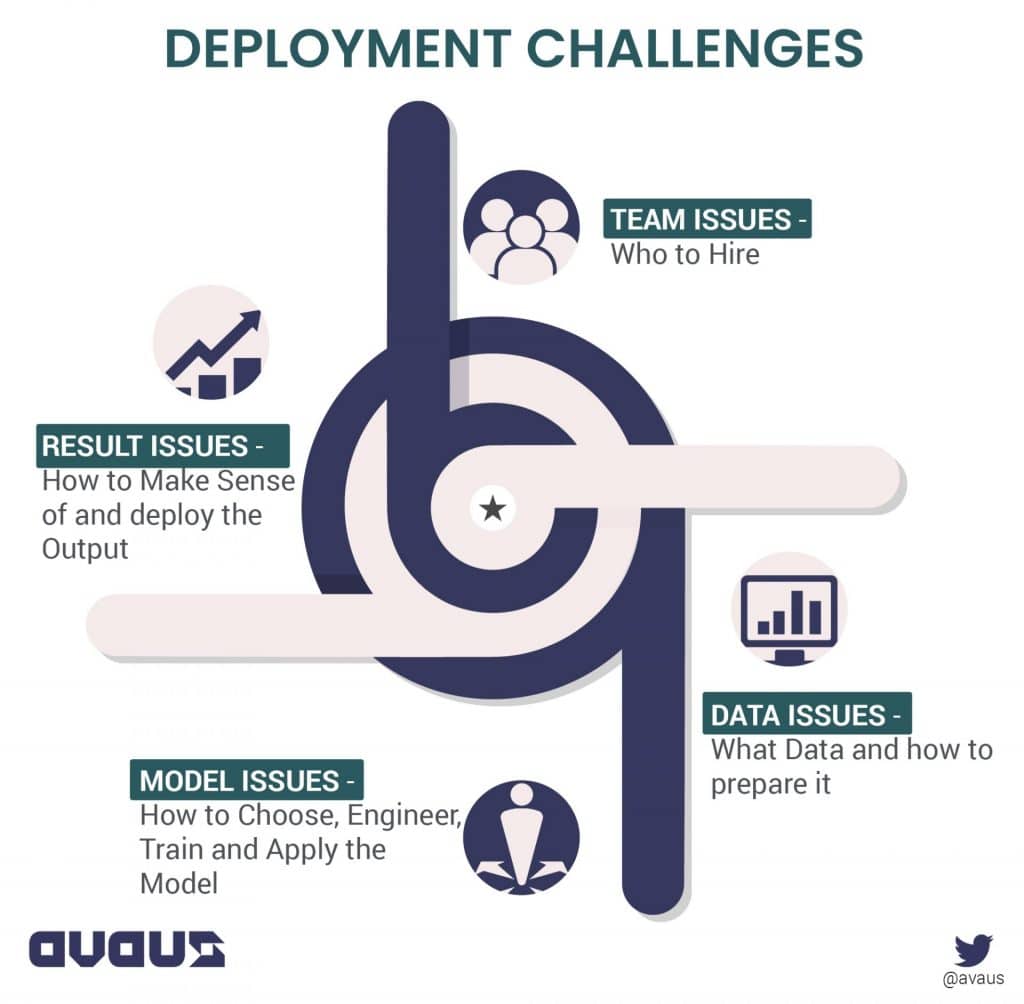
Exhibit 5: Deployment challenges
When initiated without establishing the links to the overall operation of the firm, the investments in new technology run the biggest risk of failing to meet implicit expectations of improved profitability. In the most unfortunate instances, these cases are compounded by colleagues that argue a failure by marketing to deliver value, marketing will be re-asserted to be a secondary cost centre, and there will be calls for cost cutting.
If the principal KPIs of the firm are related to asset efficiency, such as working capital turnover, then personalised customer journeys, or improved customer segmentation are moot, unless the marketing department demonstrates them to improve working capital!
The non-trivial inference is that when you change the dynamic of the business, you need to change the KPIs by which you manage the business. New technology offers revolutionary potential to change the dynamic of the business, but only if it is permitted to do so. Does asset and working capital optimisation stem from supply chain management with marketing a follow-on function; or should customer engagement in fact drive the supply chain and should the working capital or asset optimisation even persist to be a primary objective with respect to value creation?
[1] The challenges of financially representing brand value will pale in relation to the challenges surrounding the capitalisation of data assets.
[2] Consumer choice has by now been disaggregated from inventory – conversely, for retailers, the opportunity to use inventory as a principal value driver has largely gone.
[3] The “Amazon formula” has been emulated by countless digital startups: 1) initial business growth based on SEO/SEM to drive customer reach; 2) the creation of clear and simple experiences through testing and learning; 3) personalisation and relevant recommendations; 4) a clear and frictionless checkout process; 5) relentless focus on customer engagement and customer experience.
[4] “When a market is up for grabs, the risk isn’t inefficiency—the risk is playing it too safe. If you win, efficiency isn’t that important; if you lose, efficiency is completely irrelevant. Over the years, many have criticised Amazon for its risky strategy of consuming capital without delivering consistent profits, but Amazon is probably glad that its “inefficiency” helped it win several key markets—online retail, ebooks, and cloud computing, to name just a few. [..] When you blitzscale, you deliberately make decisions and commit to them even though your confidence level is substantially lower than 100 percent. You accept the risk of making the wrong decision and willingly pay the cost of significant operating inefficiencies in exchange for the ability to move faster. These risks and costs are acceptable because the risk and cost of being too slow is even greater.” —Reid Hoffman, Founder and former CEO of LinkedIn. Blitzscaling.
[5] We will discuss the digital transformation of asset driven enterprises in a future blogpost
[6] Classic marketing in practice may reach far beyond the customer relationships.
[7] Resolving data, model and results issues transposes into the Avaus focus on Data, Algo and Action.
[8] An off-hand Gartner made comment asserted that 50% of marketing data and analytics projects fail
Written by Sasu Ristimäki and Kim Weckström